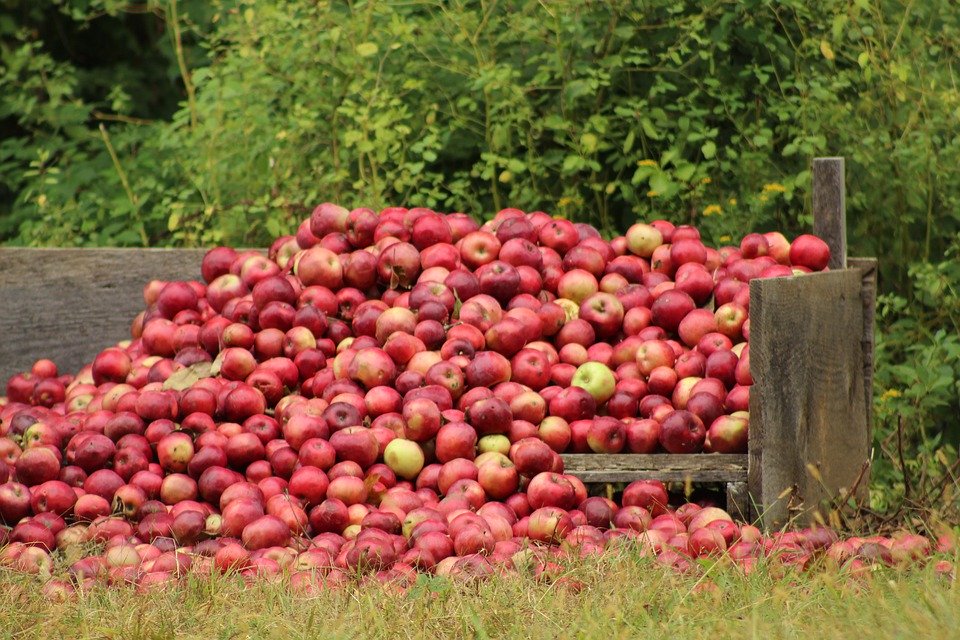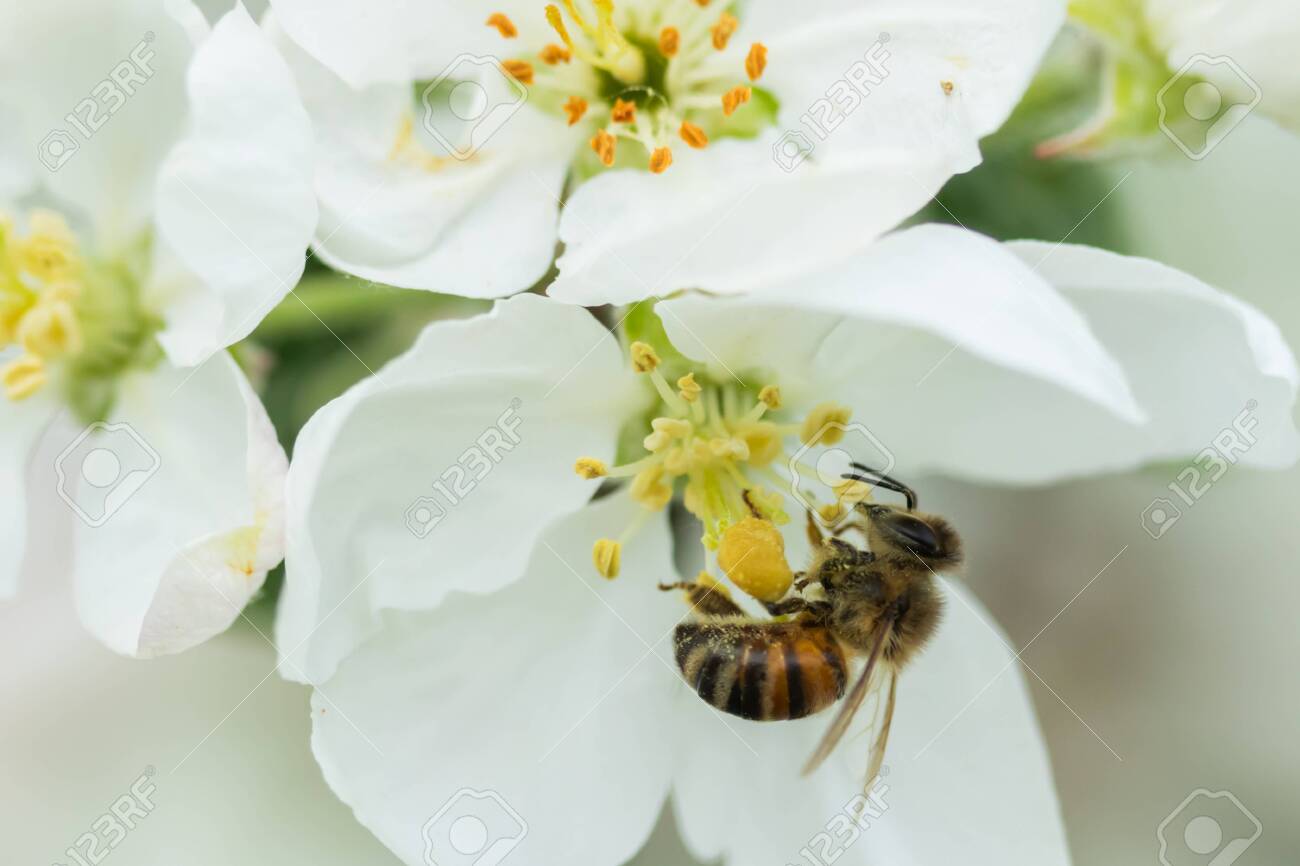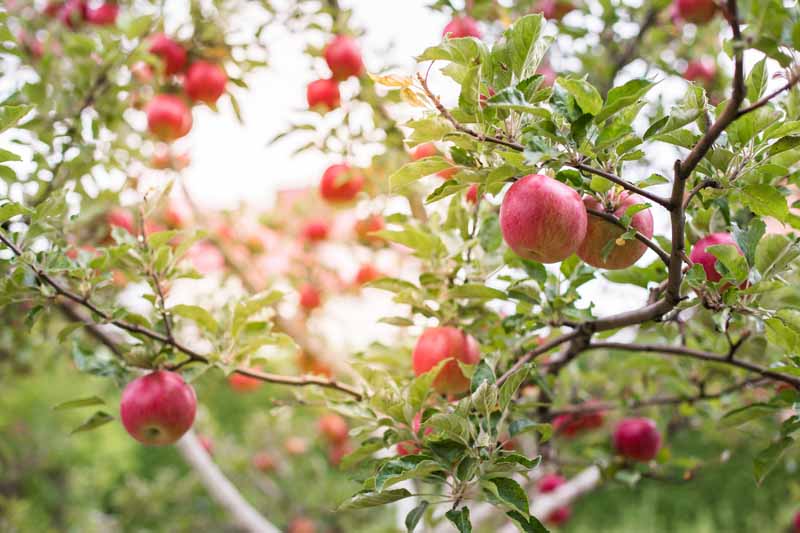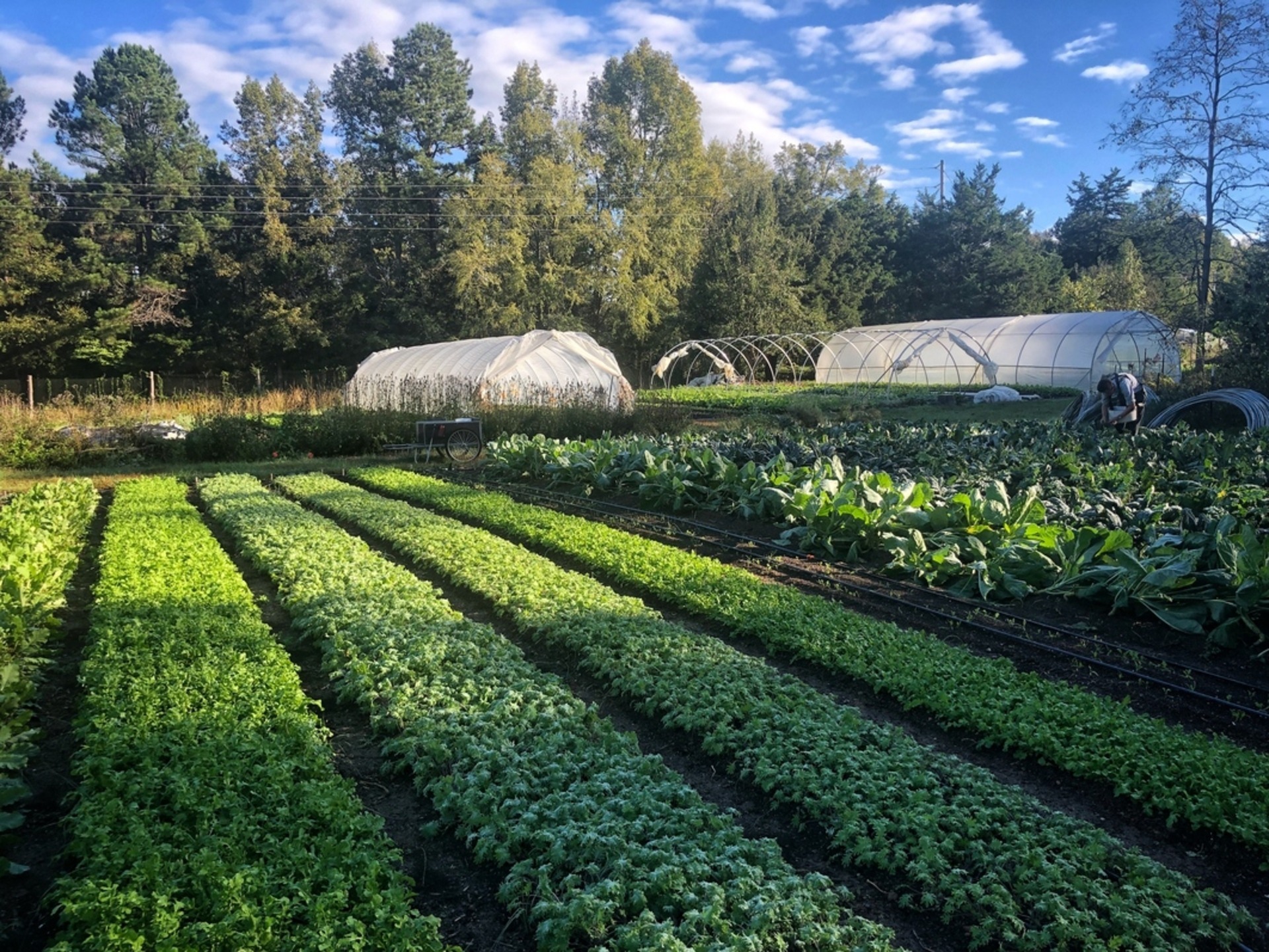In the vast world of alcoholic beverages, cider stands out as a unique and diverse option. With its roots tracing back centuries, this fermented apple beverage has captivated the palates of many. One intriguing aspect of cider is its connection to the concept of terroir, which delves into how regional characteristics shape its distinctive flavors. Join us on a tantalizing journey as we uncover the essence of cider and the fascinating interplay between terroir and flavor.
Understanding Cider: To truly appreciate the influence of terroir on cider flavor, let’s first explore the intricacies of this beloved beverage. Cider is made by fermenting apple juice, transforming it into a refreshing and complex libation. From dry to sweet, still to sparkling, and everything in between, cider offers a spectrum of flavors to suit diverse preferences.
Terroir: Unleashing Nature’s Impact: Terroir refers to the unique combination of environmental factors that shape the character and quality of agricultural products. While commonly associated with wine, cider enthusiasts have begun embracing the concept to understand the nuances in flavor profiles. Here’s how terroir comes into play when it comes to cider:
- Climate and Soil Composition: The climate of a region greatly influences cider flavor. Cool climates often yield apples with high acidity, resulting in crisp and tart ciders. Conversely, warmer climates produce sweeter and fruit-forward profiles. The composition of soil, rich in minerals or with a specific pH level, affects the apple tree’s growth and the resulting flavor intensity.
- Apple Varieties: Just as wine grapes contribute to the distinctiveness of a wine, different apple varieties impact the flavors and aromas found in cider. Heritage varieties like Kingston Black or Yarlington Mill have their unique characteristics, while culinary apples or dessert apples offer a broader range of flavors to cider makers.
- Orchards and Biodiversity: The biodiversity present in cider orchards plays a crucial role in terroir. The surrounding flora and fauna, including wildflowers, grasses, and insects, contribute to the overall ecosystem and can enhance the complexity and depth of the cider’s flavor.
Cider Production and its Terroir Manifestation: To fully grasp the essence of terroir in cider, let’s explore the production process:
- Harvesting: Cider apples are carefully harvested at their peak ripeness, ensuring optimal sugar content and flavor development. The timing of the harvest, influenced by regional climate patterns, affects the resulting cider’s balance and sweetness.
- Pressing and Fermentation: After the apples are harvested, they undergo pressing to extract the juice, which is then fermented using specific yeast strains. The yeast selection, alongside regional microflora, contributes to the cider’s distinct character, allowing the terroir to truly shine.
- Aging and Maturation: Cider makers may choose to age their product, allowing it to develop and refine its flavors over time. Oak barrels or stainless steel tanks are often utilized, influencing the final taste through imparting subtle nuances.
Appreciating the Terroir: Tasting Cider: Tasting cider is an exciting experience that allows us to discern the unique characteristics shaped by terroir. Consider the following aspects when evaluating the flavors:
- Aromas: Inhale deeply to identify the various aromas present in the cider. Notes of apple varieties, floral hints, earthiness, or even hints of oak from aging can all be detected and appreciated.
- Flavor Profiles: Take a sip and let the cider dance on your palate. Notice the balance between sweetness, acidity, and tannins. Pay attention to the fruitiness, whether it’s crisp and citrusy or rich and orchard-like. The interplay of flavors is a testament to the terroir’s impact.
- Mouthfeel and Texture: Observe the body and texture of the cider. Is it light and effervescent, or full-bodied and velvety? The mouthfeel contributes to the overall drinking experience, enhancing the cider’s expression of terroir.
- Finish: As the cider lingers on your palate, take note of the lingering aftertastes. Is it refreshing and clean, or does it leave a lingering complexity? The finish provides further insights into the terroir’s influence on the cider.
Exploring Terroir: Cider Regions of Note: To truly appreciate the diversity of terroir in cider, let’s explore some renowned cider regions and their distinctive characteristics:
- Herefordshire, England: Known for its traditional craft cider production, Herefordshire offers a range of complex ciders with a perfect balance between sweetness and acidity. The region’s rich soils and temperate climate lend a unique charm to their ciders.
- Asturias, Spain: Asturias boasts a long-standing cider tradition, with cider houses (sidrerías) serving tart and zesty ciders poured from great heights to aerate the liquid. The region’s indigenous apple varieties and oceanic climate create bold and bracing ciders.
- Normandy, France: Renowned for its cidre and poiré production, Normandy’s coastal climate and fertile soil produce apples with a distinct balance of sweetness and acidity. The ciders of Normandy often exhibit a rich and full-bodied character.
- Vermont, USA: Vermont’s colder climate and picturesque landscapes provide the ideal conditions for cider production. With a wide variety of apple cultivars available, Vermont ciders showcase a diverse range of flavors, from crisp and tart to nuanced and aromatic.
Embracing Terroir: A Journey of Flavor Exploration: Now armed with the knowledge of terroir and its influence on cider flavor, it’s time to embark on your own flavor exploration:
- Visit Local Cideries: Support local cider makers and visit cideries in your area. Engage with the cider makers, learn about their sourcing techniques, and taste their offerings. Experience the regional characteristics firsthand and savor the unique expressions of terroir.
- Cider Tasting Events: Attend cider tasting events and festivals that focus on showcasing a wide range of ciders from different regions. Immerse yourself in the diverse flavors and gain a deeper understanding of terroir’s impact on cider production.
- Cider Pairing Experiences: Experiment with cider pairings to enhance your appreciation of terroir. Discover how certain ciders complement specific foods, from cheese and charcuterie to seafood and desserts. The interplay of flavors will showcase the harmony between cider and its terroir.
Cider is not just a beverage; it’s a product that encapsulates the essence of its terroir. From the choice of apple varieties to the climate and soil, every element contributes to the final flavor profile. By understanding terroir’s influence on cider, we can fully appreciate the artistry and craftsmanship behind this beloved drink. So, raise your glass, celebrate diversity, and embark on a journey of cider exploration that unearths the intricate relationship between regional characteristics and flavor. Cheers to the captivating world of cider and its terroir-driven delights!




